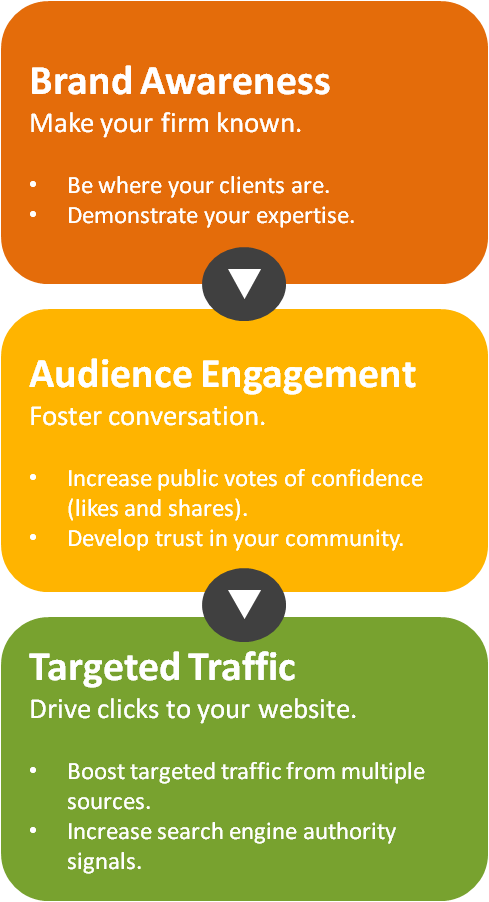In a previous article, we told you that “engagement is at the heart of social media.” But what is engagement and how is it measured?
How Do We Measure Engagement?
One of the clearest indicators of reader engagement with a blog is a comment.
In our previous article, “Moderating Reader Comments,” we discussed the value of comments in depth, but suffice it to say that you can view almost every comment as a social endorsement – a thumbs-up, if you will – that tells other readers your blog is interesting and relevant.
There are other hallmarks of engagement. Accomplished bloggers may be interested in the following indicators:
- Number of monthly returning visitors
- Number of page-views per visit
- Average length of visits
Number of times your blog content is forwarded, reblogged or reposted on a microblogging channel like Twitter
In fact, measuring engagement and other social media metrics like authority, reach, sentiment and loyalty can become very complex and, for the independent blogger, can require a substantial investment in time and specialized tools.
But the good news is that you’re a FindLaw Blog Services client-you can focus your effort and attention on creating engaging content and responding to the comments that content generates.
What Makes a Post Engaging?
One obvious goal of any marketing content is to communicate your firm’s expertise in a specific area of law. Your marketing website is designed to do just that. It is also designed to attract visitors who are looking to hire an attorney and to answer the types of questions those visitors often have: Where are you? What do you do? Why should I hire you? How do I contact you?
Blogs are different.
Blog readers want information, not a sales pitch. Selling your firm’s services in a blog post is unlikely to produce engagement. On the other hand, if you provide the reader with useful information, it signals your expertise and creates a positive user experience. It also makes it more likely the user will pass along the information (improving your reach and authority) or return to your blog in the future (indicating engagement and loyalty).
If providing useful information is one half of the “engagement equation,” the other half involves the way in which that information is presented. Here are a few presentation tips that can help you write blog posts that drive engagement:
- Your headline is your hook. Keep it short, generally 65 characters or less. Feel free to make your headlines punchy when appropriate.
- Write for understanding, not to impress. Don’t make the mistake of thinking that complex construction and abstruse language will impress readers. In most cases, it causes readers to hit the “back” button.
- Write about things people care about. Few blog readers are going to be fascinated by an in-depth discussion of what, to them, is an arcane point of law. Focus on important, interesting and emotional issues. If you feel it’s important for your readers to know about a legal issue in detail, explain up front why they should care, and talk about the issue in terms of what is important to them.
- Divide your post into bite-sized chunks. You never know what kind of device or screen resolution your blog visitor has. Large blocks of text can be difficult to digest. Keep sentences short. Limit paragraphs to one idea. Shorter, clearer paragraphs separated by white space will greatly improve readability-and engagement.
- Keep it short. The average blog reader’s attention span is short. Most are unlikely to devote even five minutes to reading your post. We recommend you set an upper limit of 500 words for your posts, and try to limit the length to 350 words or less whenever possible. If you want to write about a subject requiring more than 500 words to cover, we recommend a series of posts on that topic. And by the way, a regular series covering different aspects of an important topic is a powerful way to drive engagement.
In an upcoming post, we will tackle the problematic issue conversion-oriented language in blogs. If you have general questions or ideas about writing for engagement, feel free to submit these via the form on this page.





